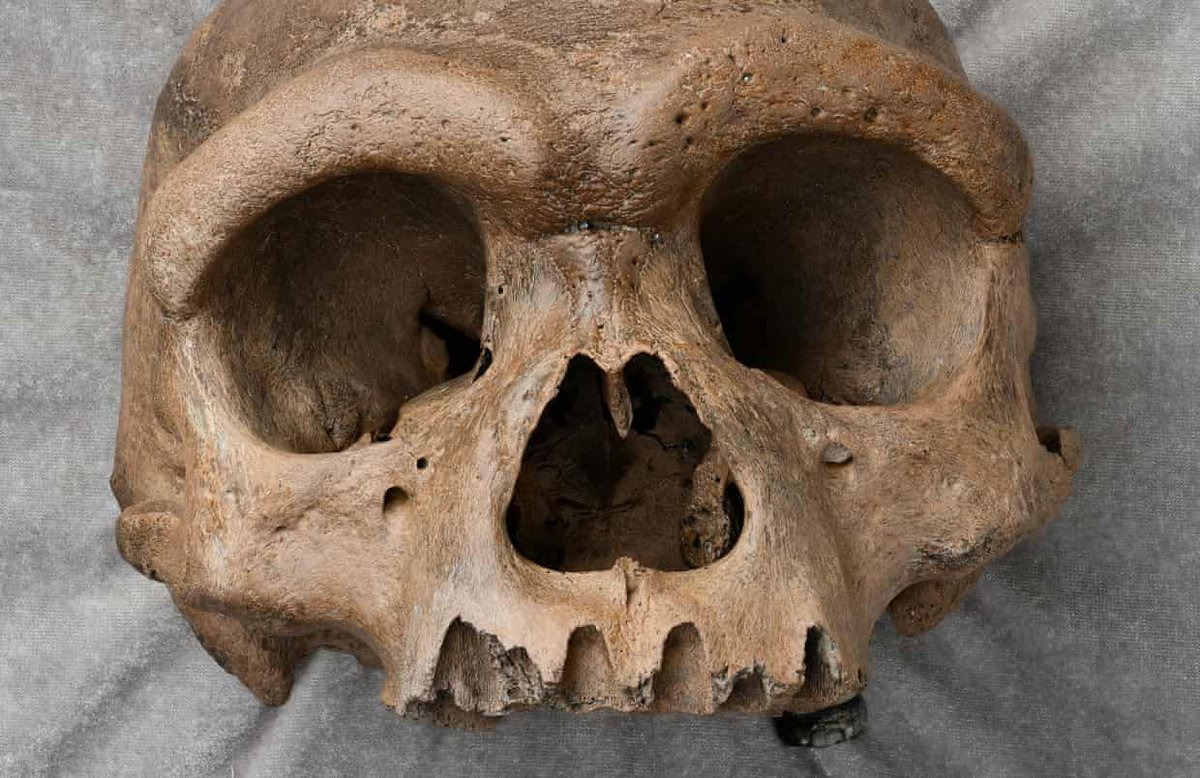New research by Lyn Wadley and her team from Border Cave demonstrates use of grass bedding by hominins 200 ka. Cool finding, and I think this is just scratching the surface of what is out there but historically unobserved. science.sciencemag.org/content/369/65… 

Living great apes make nests, a behavior they learn at very early ages. This suggests nest-construction goes back to at least the human-orangutan divergence ca. 12 Ma. I would bet Australopithecus used some form of bedding or nests. doi.org/10.1073/pnas.1…
What remains is for us to investigate the right sites with methods that can detect the evidence. Grass transport is a good marker, and bedding use already demonstrated for Neanderthals at several sites. doi.org/10.1016/j.jas.… doi.org/10.1006/jasc.2…
Barbara Fruth etal:"Nest construction reflects the great apes’ ability for environmental problem solving; an ability that forms the basis of skilled object manipulation of which all apes are capable, and is considered to have been crucial for hominization" doi.org/10.1002/ajpa.2…
• • •
Missing some Tweet in this thread? You can try to
force a refresh














